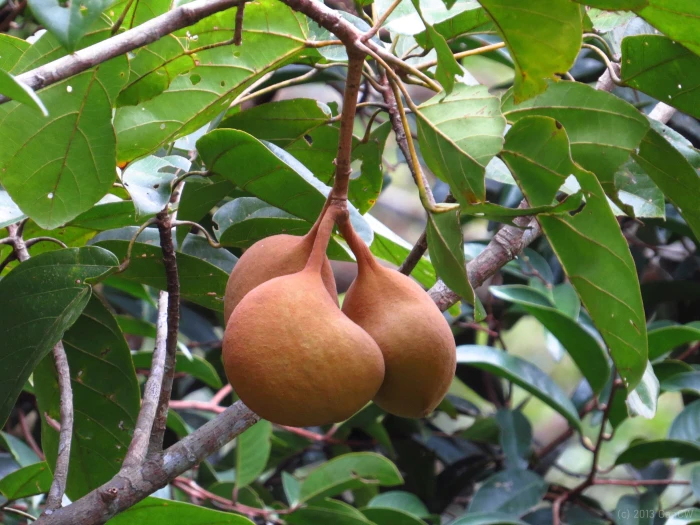Buddha Coconut
(Pterygota alata)
Buddha Coconut (Pterygota alata)
/
/

Cheongweei Gan
CC BY 4.0
Image By:
Cheongweei Gan
Recorded By:
Copyright:
CC BY 4.0
Copyright Notice:
Photo by: Cheongweei Gan | License Type: CC BY 4.0 | License URL: http://creativecommons.org/licenses/by/4.0/ | Rights Holder: Cheongweei Gan | Publisher: iNaturalist | Date Created: 2013-09-28T07:34:01-07:00 |

























Estimated Native Range
Climate Requirements
| • Precipitation | 28" - 155" |
| • High Temp. | 76°F - 107°F |
| • Low Temp. | 3°F - 73°F |
Summary
Pterygota alata, commonly known as Buddha Coconut, Bengal Almond, or Indian Almond, is an evergreen tree native to tropical rainforests and monsoon forests of the Indian subcontinent, Southeast Asia, and the Pacific Islands. It exhibits a moderate growth rate and can reach heights of 50-100 feet (15-30 meters) with a canopy spread of 30-60 feet (9-18 meters). The tree’s form is characterized by a straight, cylindrical trunk and a dense, rounded crown. It produces small, yellow, and somewhat inconspicuous flowers during the summer months. The bark is smooth and gray, and the tree may bear fruit that resembles an almond, hence one of its common names.
Buddha Coconut is valued for its large, broad leaves and the shade it provides, making it a suitable choice for large gardens, parks, and as a street tree in tropical and subtropical regions. It is also used for its timber, which is known for its durability. This species requires full sun to part shade and thrives in a range of soil types, including clay, loam, and sandy soils, provided they offer medium to fast drainage. It is tolerant of medium water conditions, but established trees can withstand some drought. While generally pest-resistant, it can be susceptible to leaf spot diseases in overly humid climates. Buddha Coconut is not commonly available in the nursery trade but can be a unique addition to a collection of tropical trees.CC BY-SA 4.0
Buddha Coconut is valued for its large, broad leaves and the shade it provides, making it a suitable choice for large gardens, parks, and as a street tree in tropical and subtropical regions. It is also used for its timber, which is known for its durability. This species requires full sun to part shade and thrives in a range of soil types, including clay, loam, and sandy soils, provided they offer medium to fast drainage. It is tolerant of medium water conditions, but established trees can withstand some drought. While generally pest-resistant, it can be susceptible to leaf spot diseases in overly humid climates. Buddha Coconut is not commonly available in the nursery trade but can be a unique addition to a collection of tropical trees.CC BY-SA 4.0
Plant Description
- Plant Type: Tree
- Height: 50-100 feet
- Width: 30-60 feet
- Growth Rate: Moderate
- Flower Color: N/A
- Flowering Season: Summer
- Leaf Retention: Evergreen
Growth Requirements
- Sun: Full Sun, Part Shade
- Water: Medium
- Drainage: Medium, Fast
Common Uses
Natural Habitat
Tropical rainforests and monsoon forests
Other Names
Common Names: Bengal Almond, Indian Almond
Scientific Names: Pterygota alata, Clompanus alata, Pterygota alata var. irregularis, Pterygota roxburghii, Sterculia alata, Sterculia alata var. irregularis, Sterculia coccinea, Sterculia heynei
GBIF Accepted Name: Pterygota alata